Prague, the capital city of the Czech Republic, has a rich history of urban development that spans over a thousand years. The city is situated on the Vltava River and has been a political, cultural, and economic center in Central Europe. Here’s a brief overview of Prague’s history of urban development:
- Early Settlements: The area where Prague is located has been inhabited since the Paleolithic era. The first known Celtic and Germanic tribes settled in the region before the Slavic people arrived in the 6th century. The name “Prague” is believed to have Slavic origins.
- Foundation of Prague Castle: In the 9th century, the first fortification was built on the site of Prague Castle, overlooking the Vltava River. This marked the beginning of Prague as a political and administrative center.
- Growth during the Middle Ages: Prague flourished during the Middle Ages, becoming the seat of the Kings of Bohemia. Charles IV, Holy Roman Emperor, played a significant role in the city’s development during the 14th century. He commissioned the construction of Charles Bridge and established Charles University in 1348, making it one of the oldest universities in Europe.
- Hussite Wars and Renaissance Period: The 15th century saw the Hussite Wars, a religious conflict that influenced the city’s development. In the following centuries, Prague experienced the Renaissance, with new architectural styles influencing the cityscape.
- Habsburg Rule: Prague became a part of the Habsburg Monarchy in the 16th century, and the Habsburgs left their mark on the city’s architecture. The Baroque style, in particular, became prominent during this period.
- 19th Century and Czech National Revival: The 19th century witnessed the Czech National Revival, a cultural and political movement advocating for the preservation and promotion of the Czech language and identity. This period contributed to the development of national consciousness.
- 20th Century and Independence: The 20th century brought significant political changes to Prague, including the establishment of Czechoslovakia in 1918. The city continued to grow and modernize, with the construction of new buildings and infrastructure.
- Communist Era: From 1948 to 1989, Prague was under communist rule as part of Czechoslovakia. This period had both positive and negative impacts on the city’s development, with some urban planning projects and the preservation of historic areas.
- Post-1989 Era: The Velvet Revolution in 1989 marked the end of communist rule, leading to a period of political and economic transformation. Prague underwent extensive urban renewal, with an emphasis on preserving its historical and architectural heritage.
- Contemporary Prague: In recent years, Prague has become a popular tourist destination, known for its well-preserved historical sites, vibrant culture, and diverse architecture that reflects various historical periods.
Throughout its history, Prague’s urban development has been shaped by political, cultural, and economic factors, resulting in a cityscape that seamlessly blends the old with the new. The historic center of Prague, including Prague Castle, Charles Bridge, and the Old Town Square, has been designated as a UNESCO World Heritage Site, recognizing its cultural and architectural significance.

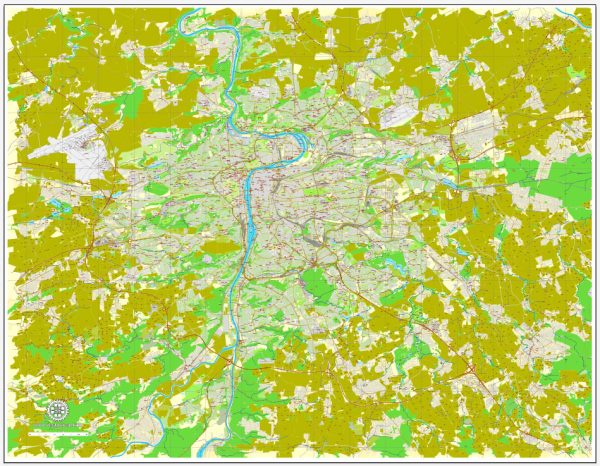
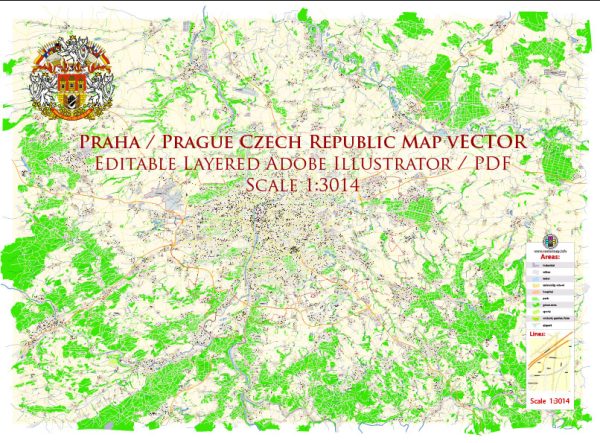
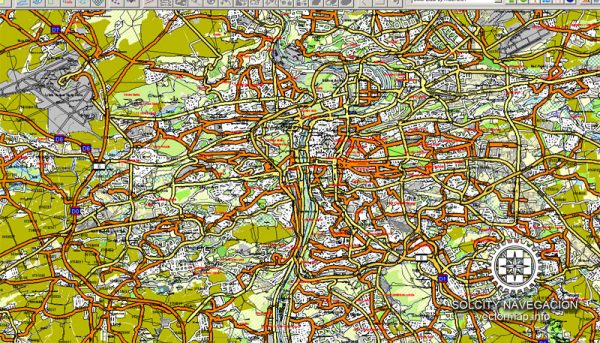
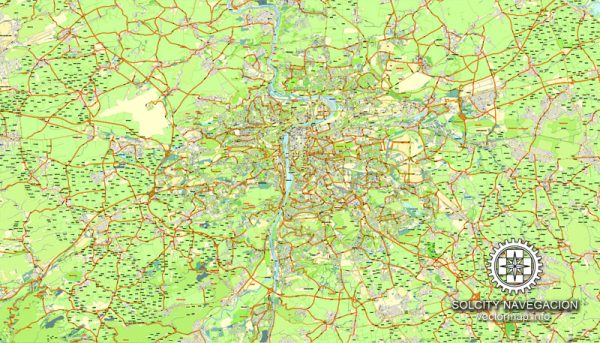
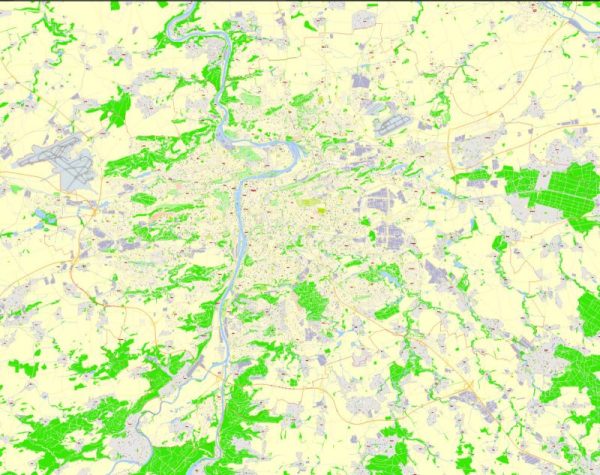
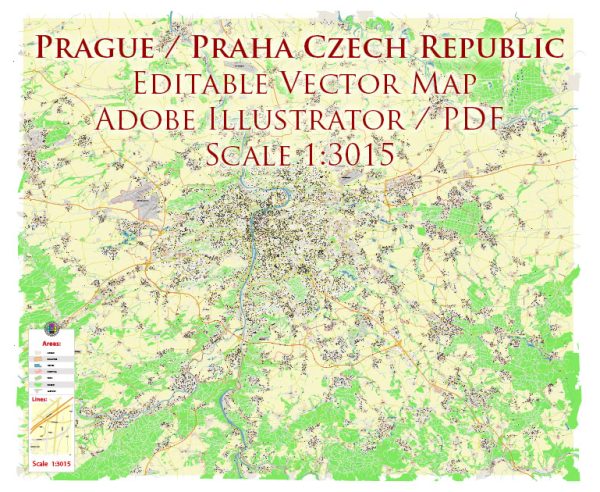
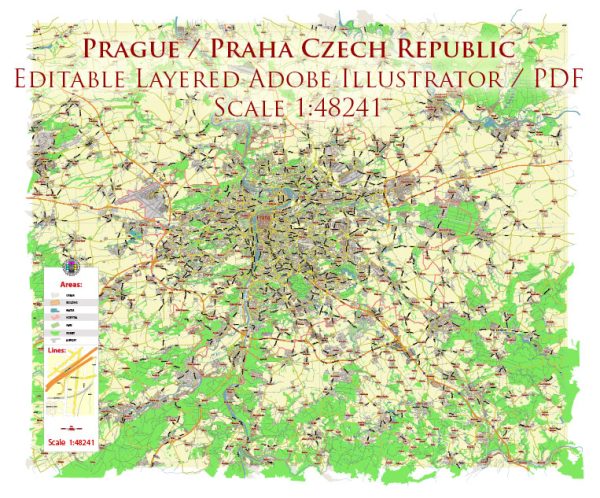
 Author: Kirill Shrayber, Ph.D.
Author: Kirill Shrayber, Ph.D.